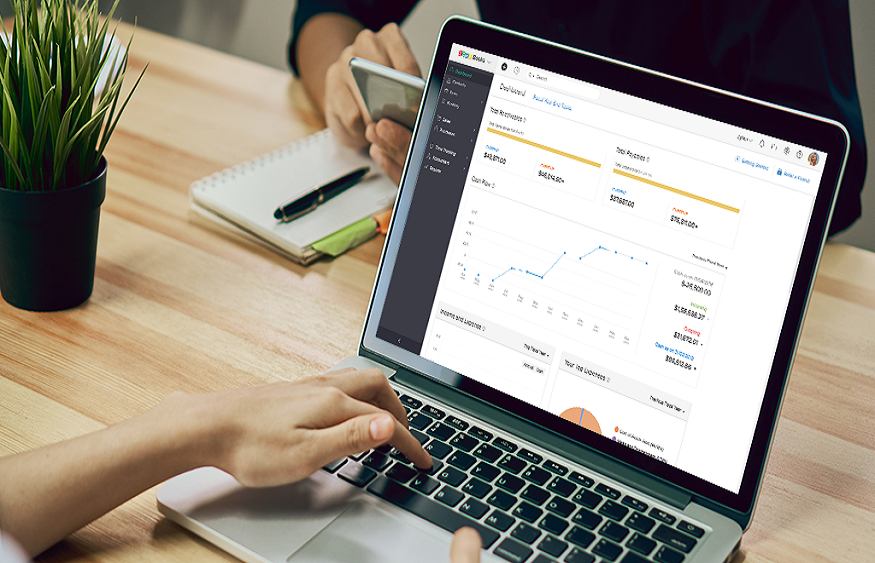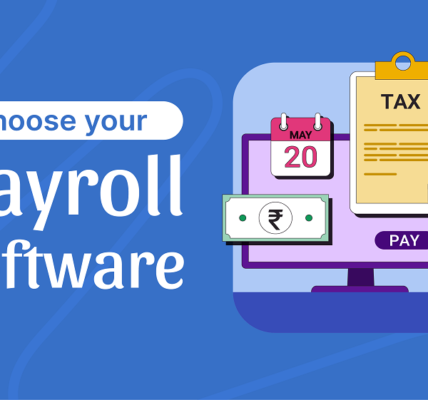This is easily understood when one considers the preponderant place it occupies in the daily life of the financial team.
The analysis process can be a long and complex job. This article aims to help you organize your approach and effectively compare existing solutions. The end goal? Helping you help you adopt the most suitable accounting software for your business.
Before starting a comparative analysis of the accounting software on the market, our advice is to draw up a list of questions in order to clearly identify your needs . We have also devoted an article to this, where you will find a summary list of all the criteria to be taken into account to analyze your needs . You will also learn how to carry out this needs analysis in practice.
This operation has many advantages: updates are automatic, there are no infrastructure costs, the data is secured by the host, and the startup is faster, etc.
On -premise accounting solutions run on servers managed by your company or a contractor. In these two cases, the data is stored in an environment independent of the publisher. This site-specific structure is tending to disappear. It requires companies to have strong IT departments. Indeed, in this configuration, the deployment and maintenance of the “ on-premise ” accounting software requires advanced technical knowledge.
Unless your IT and/or legal department strongly opposes a SaaS solution, our advice is simple: go for online accounting management software .
Localization and legal compliance
Some solutions may have many advantages (ergonomics, functionalities, integrations, etc.) without being adapted to the rules that govern your market. Let us take the example of the disparities between the accounts of different countries. To stay compliant from one country to another, it is crucial to review the legal and functional aspects specific to your country. Make sure, for example, that the chosen software manages the FEC (file of accounting entries). To get an even better idea, you can also check the number of companies that use the analyzed solution, their location and the features used.
Activity area
Some accounting software comes in multiple versions, tailored to the specific needs of different industries. This characteristic can be a differentiating element but it should not be the main selection criterion.
However, integration requires strong involvement of the departments concerned. Its implementation period is generally longer. This can therefore complicate the implementation of your accounting soft
Ergonomics
Accounting entry is often tedious if the accounting software has been poorly thought out. Certain details (among which the presence of keyboard shortcuts, taking into account the “tabulation” key, or the organization of the dashboard) can make the difference in terms of efficiency.
Also assess how the on -line or on-premise solutions allow other tools (for example, a management tool or dashboards) to be added to their services. When multiple solutions work together, they generally provide users with increased functional coverage.
On the one hand, the pricing grids can vary widely from one solution to another. On the other hand, hidden costs may exist. To estimate the total cost as accurately as possible, analyze the prices according to several criteria:
Often, publishers present pricing broken down into functional packages . The “ Starter ” type subscription will include features A and B. The “ Business ” subscription will offer features A, B, C and D.
Officially, the objective of this type of pricing is to offer you a first trial of the solution at an affordable price. You can then orient yourself towards the plan that best suits the needs of your organization. However, in reality, it is likely that you will have to adopt a higher plan than the one initially envisaged. And for good reason ! Often “the” feature you need, but hadn’t identified beforehand, will get you upgraded.
So you understand how important developing the list of the most useful features is. Having such a view of your medium and long-term needs increases your chances of directly identifying the right type of subscription.
Additional services
What level of training is required for users? How will the data from your old system be transferred to your new accounting software? What support will you get after implementing your solution? These various services may be billed to you by the software publisher or integrator. These costs can be high and should therefore be anticipated.
Commitment period
The minimum and maximum contract durations may vary from one publisher to another. Some offer monthly subscriptions, others require a minimum one-year commitment. Either way, know that the contractual conditions only partially define your level of commitment.
Technical and operational difficulties caused by a change in accounting solution are also a factor to consider. In other words: be aware of the link that will unite you to your software publisher once the accounting solution has been adopted. Indeed, the transfer of data between software is often a complex process. You will therefore most certainly be tied to your software because of your contract, but also the logistics of transferring data from one solution to another. From a contractual point of view, count (in general) a minimum commitment of one fiscal year.





